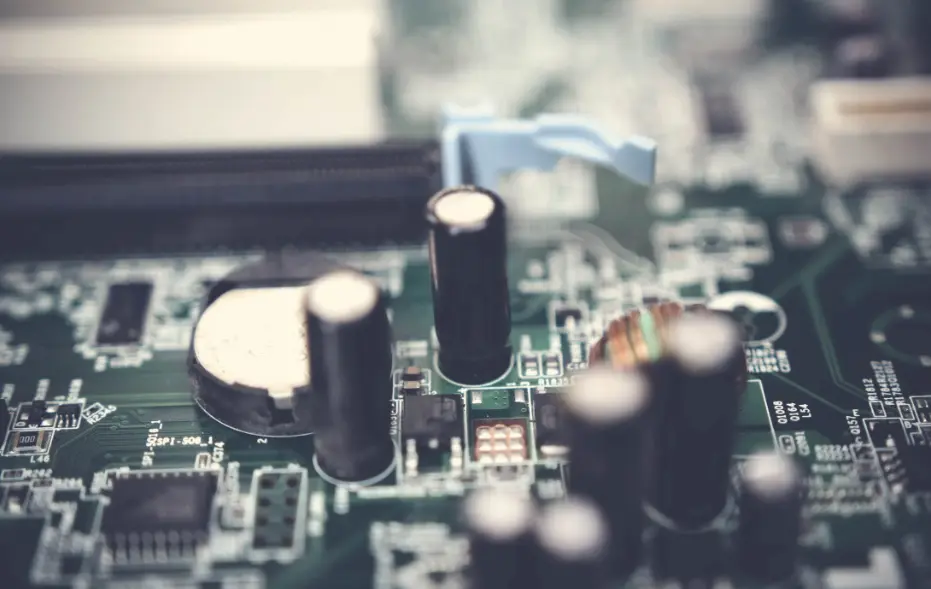When working with electronics, you’ll encounter both active and passive components. A few examples of active components are transistors and integrated circuits. However, passive components like capacitors and resistors do not require any sort of power source to function. Understanding the meaning of “passive” in relation to electronic components is crucial. This term describes the non-active parts of an electronic system. Passive electronic components lack semiconductors and other active mechanisms. Passive electronic components are those that don’t require a power source to function. This includes resistors, capacitors, inductors, and thermistors. These components are important in electronic circuits because they can control the flow of electricity.
Table of Contents
What Do I Need to Know If Passive Components Works?
Passive components are essential to electronic circuits because of the many functions they perform. Functions like resistance, capacity, and induction fall under this category. Each of these purposes is met by the component’s in-built features. For instance, a resistor’s resistance is due to the material and dimensions of the component. A capacitor’s capacitance is established by the dimensions of the capacitor’s plates and the dielectric used to separate them.
A coil’s inductance is proportional to its diameter and turns. Passive components in electrical circuits are designed to carry out many tasks. An impedance match between circuit nodes is often accomplished with a passive component. Impedance matching is often used to facilitate reliable signal transfer between components of a circuit with variable impedances. Passive components can be used to filter signals, block or attenuate frequencies, or provide a bias for active components.
What Are the Indicators of Passive Components
A passive component is an electrical part that does not generate any electricity on its own. Passive components are commonly known as resistors, capacitors, and inductors. Although passive components do not include any electrical components that actively participate in the operation of the circuit, they are nonetheless crucial to the circuit’s functioning. Resistance, capacitance, and induction are the three primary roles that passive components play in electrical circuits. Each of these functions is crucial to the circuit’s proper operation. An electrical resistor is one component that can be used to control the maximum current in a circuit.
Inductors and capacitors form the backbone of most tuned circuits. These circuits are used to isolate or filter out undesirable frequencies in a signal.

Which Two Categories Best Describe Passive Electrical Components?
Passive electrical components come in a wide range of forms and functions. But these components can be broken down into two broad categories: energy emitters and energy sinks. Dissipative components, such as resistors, convert electrical energy into heat and are, therefore, dissipative. Parts like these are frequently used in power regulation applications since the heat they produce can simply be released into the atmosphere.
























































































































































































































































































































































































































































































































































































































































































































































































































































































































































































































































































































































































0